![]() Saul Klein / Wired:
Saul Klein / Wired:
A look at a cluster of European cities within a five-hour train ride of London that collectively have 500+ startups with at least $100M of annual revenue — A cluster of European cities within a five-hour train ride of London could become a unicorn factory to rival Silicon Valley, argues tech investor Saul Klein.
Blog
-

A look at a cluster of European cities within a five-hour train ride of London that collectively have 500+ startups with at least $100M of annual revenue (Saul Klein/Wired)
-
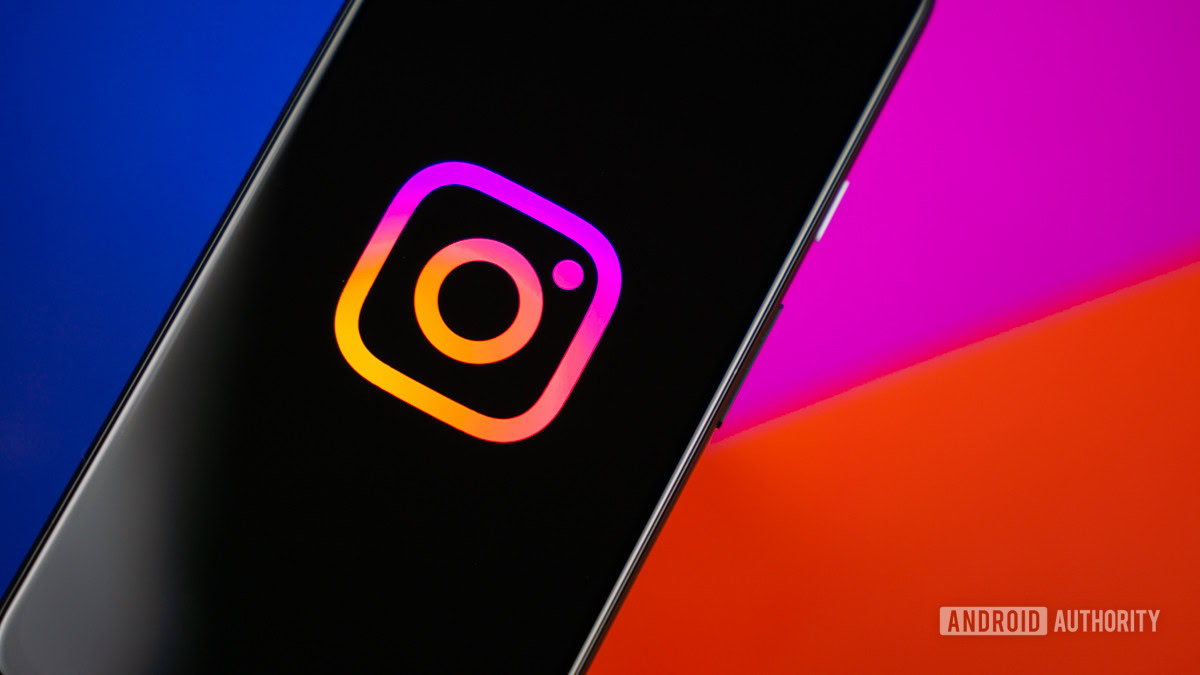
The Android 15 update has weirdly broken the Instagram app

Edgar Cervantes / Android Authority
TL;DR
- The Android 15 update seems to have broken the Instagram app.
- Swiping between stories is impossible, and the app is randomly freezing up.
- An updated version of the app doesn’t appear to have the issue, but it’s not available on the Play Store just yet.
In what appears to be a bug, the Android 15 update has rendered the Instagram app almost unusable. Stories aren’t loading properly, and it’s not possible to skip from one story to the next. The app is also randomly freezing up.
I can confirm that this is an issue with the Instagram app on my Pixel 8 Pro running Android 15. The Instagram app version I’m on is 352.1.0.41.100, and I’m not the only one experiencing the problem. Multiple reports on Reddit mention the Instagram app breakdown after the Android 15 update.
Worry not — there seems to be a fix that can get your Instagram working again. All you need to do is download the updated version of the app. Unfortunately, for many users, including me, the new Instagram version is still unavailable through the Play Store. You’ll have to sideload version 353.1.0.47.90 of Instagram for Android to get past whatever bug is affecting the older version of the app.
If you don’t wish to sideload the updated app, you’ll simply have to wait for the updated Instagram app to hit the Google Play Store. Until then, it may be very difficult to use Instagram in its current state on a device running Android 15.
-
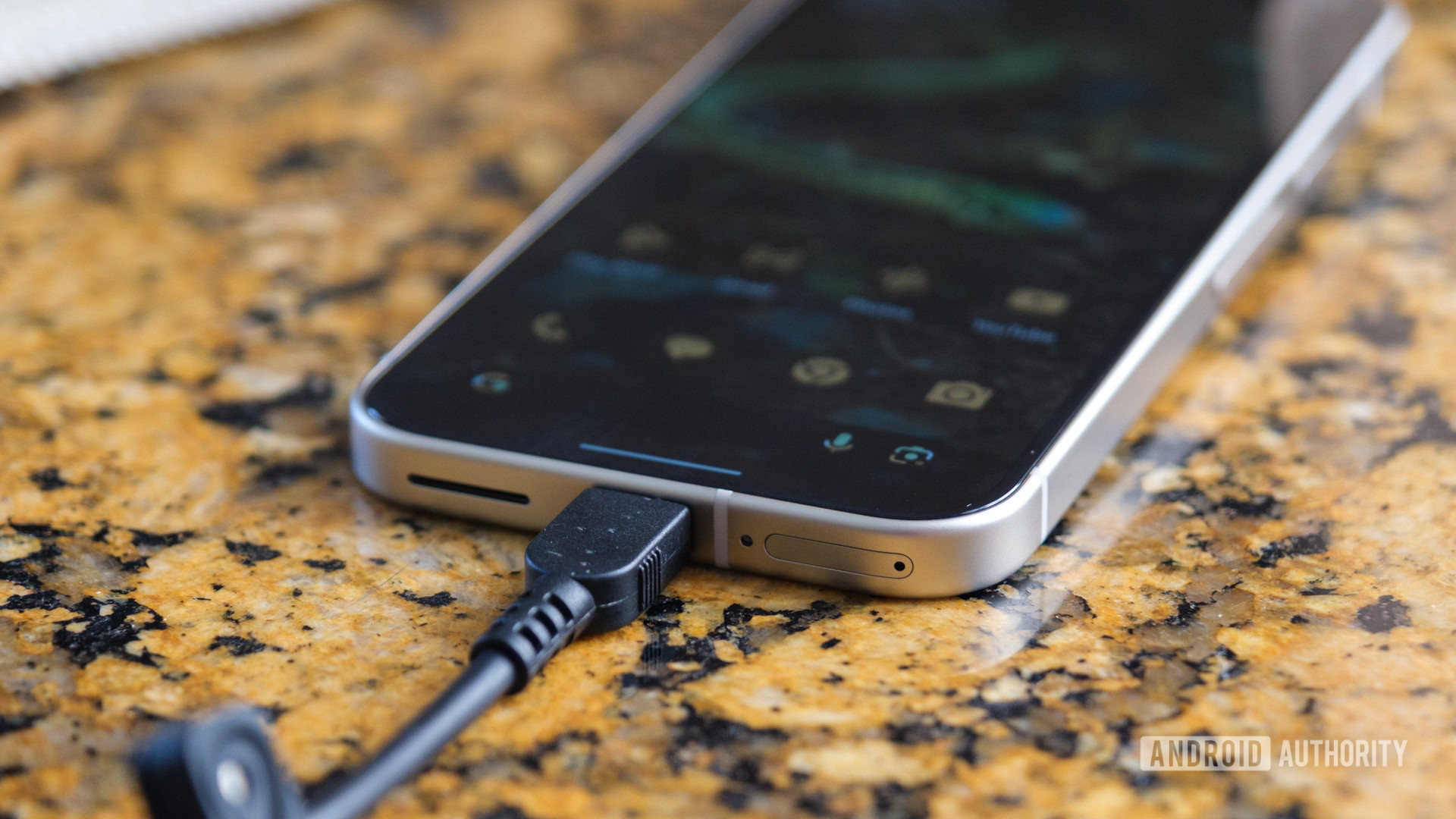
Here’s why the Android 15 update does not include the battery charging limit feature

Ryan Haines / Android Authority
TL;DR
- The stable Android 15 update doesn’t have a battery charging limit feature seen in beta versions earlier this year.
- That’s because the feature applied to the Android 15 QPR1 beta rather than the initial Android 15 release.
- You should, therefore, expect this charging feature to arrive in a few months.
We discovered a battery charging limit feature in beta versions of Android 15 back in July, allowing your phone to stop charging once it reaches 80% capacity. Now, the stable Android 15 software has been released but the feature isn’t here, so what happened?
Well, as Redditor JMPesce notes on the GooglePixel subreddit, this charging feature appeared in the Android 15 QPR1 betas rather than the standard Android 15 betas. Android Authority contributor Mishaal Rahman also mooted this possibility back in July.
QPR updates are typically minor updates that follow the initial stable Android release. For example, Android 14 was released in October 2023, while Android 14 QPR 1 landed in December 2023 and Android 14 QPR2 arrived in March 2024.
In other words, the battery charging limit feature will likely arrive in December, when Android 15 QPR1 is expected to launch. So we have a couple of months to wait at the very least.
What battery management tricks do you use?
235 votes
This feature is a handy solution for people who are concerned about their phone’s battery health. Every phone battery is rated for a certain number of charging cycles before it effectively reaches 80% of its initial capacity, resulting in noticeably shorter endurance after a couple of years. However, charging to 80% reduces the number of charging cycles your phone battery is subjected to, resulting in a phone battery that degrades at a slower rate.
This charging limit feature is especially important for Pixel phones, as Google offers seven years of OS and security patches. Many phone batteries tend to significantly degrade after two or three years of usage, so slowing this degradation could help you eke out an extra year or two before you need to replace the battery.
Got a tip? Talk to us! Email our staff at [email protected]. You can stay anonymous or get credit for the info, it’s your choice. -

Support automation firm Capacity grows with new cash and acquisitions
David Karandish has been busy.
Capacity, his support automation company, was planning a $5 million “bridge round” to help the company reach the break-even point. But TVC Capital, Toloka.vc, and the venture’s other backers had something grander in mind. So they threw in an additional $21 million for what became Capacity’s $26 million Series D.
While all this was happening, Capacity acquired three companies: enterprise search firm Lucy (which had raised $5.6 million) and two startups focused on customer service automation, Linc and Envision.
“It’s an exciting time of transformation at Capacity as we grow to help brands do more to automate interactions with customers and team members,” Karandish told TechCrunch. “We’re at an inflection point for AI and many businesses are realizing that they need a complete platform to be successful, rather than cobbling together a bunch of point solutions.”
Karandish co-founded Capacity with Chris Sims in 2017 as a part of Equity.com’s incubator program. After the $900 million exit of Answers.com (which Karandish also co-founded), Karandish says he wanted to start a business to address what he perceived as major blockers in customer service operations.
“Rising costs have placed pressure on support teams to do more with less,” Karandish said. “At the same time, consumer expectations are shifting rapidly where consumers both want self-service but are increasingly frustrated by lackluster experiences. Our goal with Capacity is to provide a great customer experience while also recognizing that escalating to a human is the right thing to do in many cases.”
Capacity connects to a company’s tech stack to answer queries and automate support tasks. The platform mines information from files, apps like Gmail, customer relationship management software, and more to build a knowledge base that Capacity’s chatbot and helpdesk tools can pull from.
Employees can ask Capacity’s chatbot questions like “What was added to the merger contract yesterday?,” or even instruct it to do things like updating the status of a sales lead. The chatbot and helpdesk can also deliver company-wide announcements, like news and event notifications. And they can be made external-facing (with filters to hide sensitive data, mind you), embedded on a company’s website to answer common customer questions.

Image Credits:Capacity “We view Capacity as having the ease-of-use of a tool like Zendesk with the automation chops of a ServiceNow,” Karandish said. “From an approach standpoint, we are executing a very similar playbook to Parker Conrad’s ‘compound model’ — except in our case, we’re focused on support.”
Innovations in self-service software — including AI — are making them a more attractive solution to companies than they have been in the past. For example, Cleverly.ai — which Zendesk acquired in August 2022 — finds answers to customers’ questions by creating a knowledge layer on top of applications. Meanwhile, Directly taps algorithms trained by subject-matter experts to strategically answer customer issues in a variety of different messaging channels.
Customers like self-service options. According to a Zendesk poll, 67% prefer them over interacting with customer support. But it can be difficult to get them right. A Gartner survey found that, on average, only 14% of customer service and support issues are fully resolved in self-service.
Capacity will upgrade and expand its product portfolio through its recent acquisitions.
Karandish sees Lucy’s offering, which ingests and analyzes data from enterprise apps and systems, augmenting Capacity’s existing indexing technology. Envision, meanwhile, will help Capacity customers flag unresolved chats and calls and train human agents. And Linc will bring self-service tools for retail and e-commerce to Capacity, said Karandish.
The plan is for Lucy’s co-founders, Dan Mallin, Scott Litman, and Marc Dispensa, to join Capacity to help lead products and teams integration. Envision CEO Rodney Kuhn will oversee contact center solutions at Capacity, and Linc founder and CEO Fang Cheng will lead Capacity’s e-commerce efforts.
To date, Capacity has acquired eight companies — the other five being Textel, LumenVox, Denim Social, SmartAction, and Cereproc — and raised more than $89 million.
Karandish said that the newest tranche will be put toward growing Capacity’s headcount to 200 people by the end of the year as the Saint Louis-based company “heads toward profitability.” Capacity’s customer base now stands at over 2,500 brands, he added, while its annual recurring revenue is nearly $50 million.
“Our growth strategy reflects what our customers are asking for: an all-in-one AI platform that delivers across all communication channels,” he added. “We’ve identified 24 steps of the customer experience that are ripe for support automation … Each acquisition adds specific tech and talent to help Capacity become a leading provider of AI-powered solutions for customer and employee experience.”
-
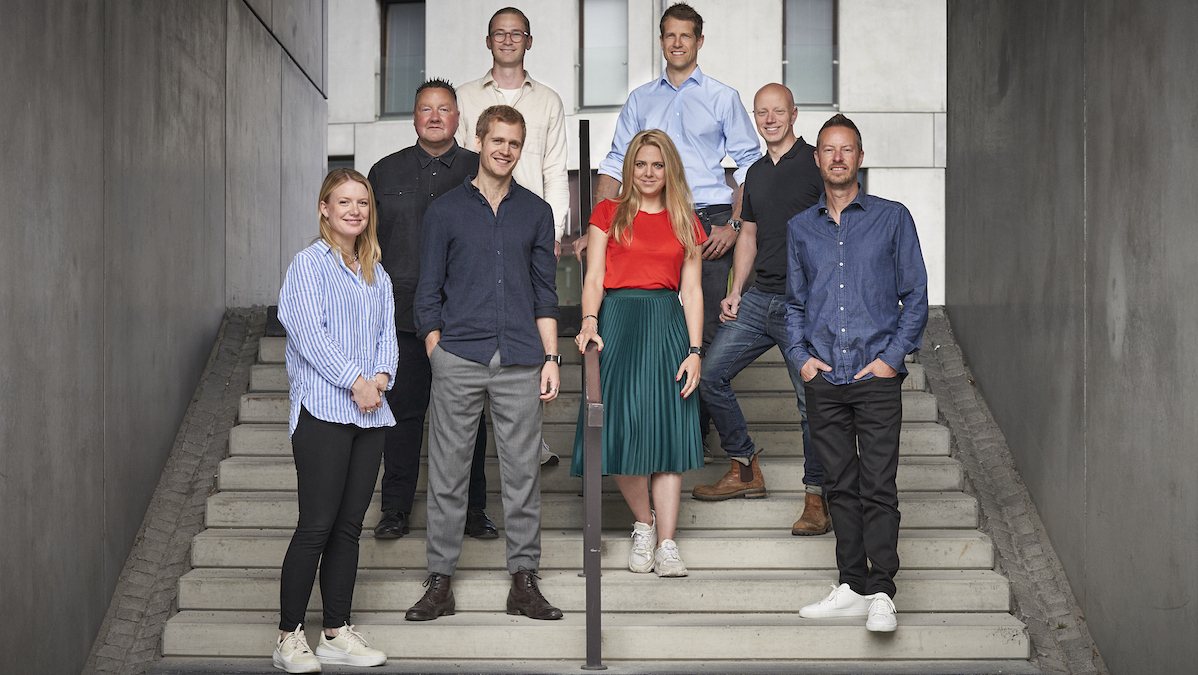
Nordic entrepreneur-led VC firm Node.vc closes €71 million first fund
From Switzerland’s Founderful to Italians Founders Fund and the Dutch Operator Fund, a new crop of European VC firms claim to operate as “entrepreneurs backing entrepreneurs.”
Although it might still be early to call it a trend, Swedish fund Node.vc has now joined this group, with €71 million in funding to deploy into startups across the Nordics and Baltics.
“I hope it is a beginning trend,” Node.vc managing partner John Elvesjö told TechCrunch. “Europe has been significantly behind the U.S. when it comes to operational experience in VC investors….There’s a lot of marketing around being founder-led and operator experience, but when you scratch the surface, it’s usually pretty thin.”
Node.vc’s ties to entrepreneurship run deeper than surface-level. That’s true of its investment team — Elvesjö, (second-to-last on the right in the picture ) co-founded Swedish eye-tracking startup Tobii, which went public in 2015. But that’s also true of its limited partners, which include 70 founders. While they have no obligation to add more than money, they have a natural penchant to invest their time, too.
However, Node.vc would likely have been unable to close a fund of this size if it hadn’t also secured institutional investors. Its LPs include Saminvest, Sweden’s fund-of-funds, and the life and pension arm of Nordic bank Nordea. That’s noteworthy for a first fund, and doubly so for one that takes an unusual approach to VC math.
“We have a team that is deliberately a bit oversized, meaning that we are more people on the team than what the fund can normally finance. And the reason for this is we are entrepreneurs and we are building a VC firm,” Elvesjö said.
With eight full-time and eight part-time staffers, several of whom previously worked at Nordic VC firm Brightly Ventures, Node.vc should have enough hands on deck for the seven startups it plans to back each year.
The rest of the equation is more typical for a fund of that size. “We write an average entry ticket of €1.3 million euro, and we can follow on for a very long time,” Elvesjö said. “We can actually invest even up to 10 million euro in one single company if we want.”
With three deals already, the fund is sector-agnostic, but focuses on three themes. There’s future of entertainment, represented by portfolio company Roro, a gaming studio; future of work, with Lemonado and Starhive; and platform technologies, which include fintech, IoT, cloud infrastructure, and machine intelligence.
These themes correlate with the strengths and sectors the Nordics are known for, but Elvesjö and his partners only realized this after putting a significant amount of effort into research.
“We did this enormous investment in figuring out where trends are going, and then we condensed it and put it in a slide, and what the slide says is we think the Nordic ecosystem will be good at what it has been good at before,” he laughed.
Paradoxically, the fact that several Scandinavian unicorns let people go could also be beneficial for its startup scene. According to Elvesjö, “talent in the Nordics is more available than it’s been for the last five years.” That’s what makes Node.vc particularly bullish about its geography: AI tools are set to “disrupt pretty much every industry,” and the Nordics are “extremely well positioned to harvest this.”
-

Survey: 68% of US adults support a ban on middle and high school students using phones during class and 24% oppose it; 53% oppose a ban lasting full school days (Pew Research Center)
 Pew Research Center:
Pew Research Center:
Survey: 68% of US adults support a ban on middle and high school students using phones during class and 24% oppose it; 53% oppose a ban lasting full school days — As lawmakers and educators crack down on cellphone use in schools, most Americans back bans on using phones in classrooms but are less supportive of full-day restrictions. -

Filing: US prosecutors ask a judge to sentence Ilya Lichtenstein, mastermind of the 2016 Bitfinex hack, to five years in prison; sentencing is due in November (Sabrina Willmer/Bloomberg)
 Sabrina Willmer / Bloomberg:
Sabrina Willmer / Bloomberg:
Filing: US prosecutors ask a judge to sentence Ilya Lichtenstein, mastermind of the 2016 Bitfinex hack, to five years in prison; sentencing is due in November — – Ilya Lichtenstein pled guilty to 2016 Bitfinex exchange hack — He and rapper-wife Razzlekhan conspired to launder proceeds -

Filing: US prosecutors ask a judge to sentence Ilya Lichtenstein, mastermind of the 2016 Bitfinex hack, to five years in prison; sentencing is due in November (Sabrina Willmer/Bloomberg)
 Sabrina Willmer / Bloomberg:
Sabrina Willmer / Bloomberg:
Filing: US prosecutors ask a judge to sentence Ilya Lichtenstein, mastermind of the 2016 Bitfinex hack, to five years in prison; sentencing is due in November — – Ilya Lichtenstein pled guilty to 2016 Bitfinex exchange hack — He and rapper-wife Razzlekhan conspired to launder proceeds -
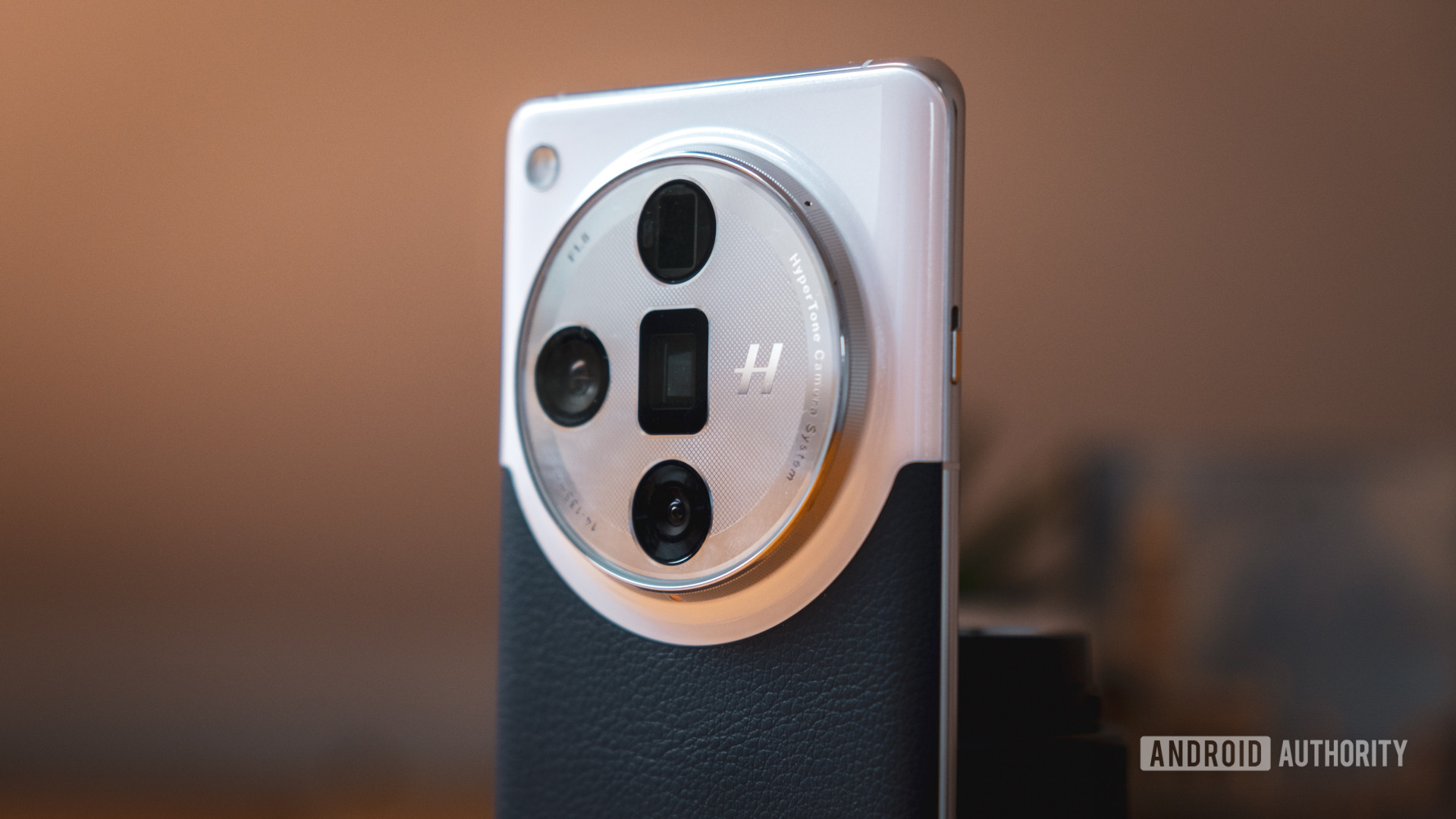
All the features I want to see
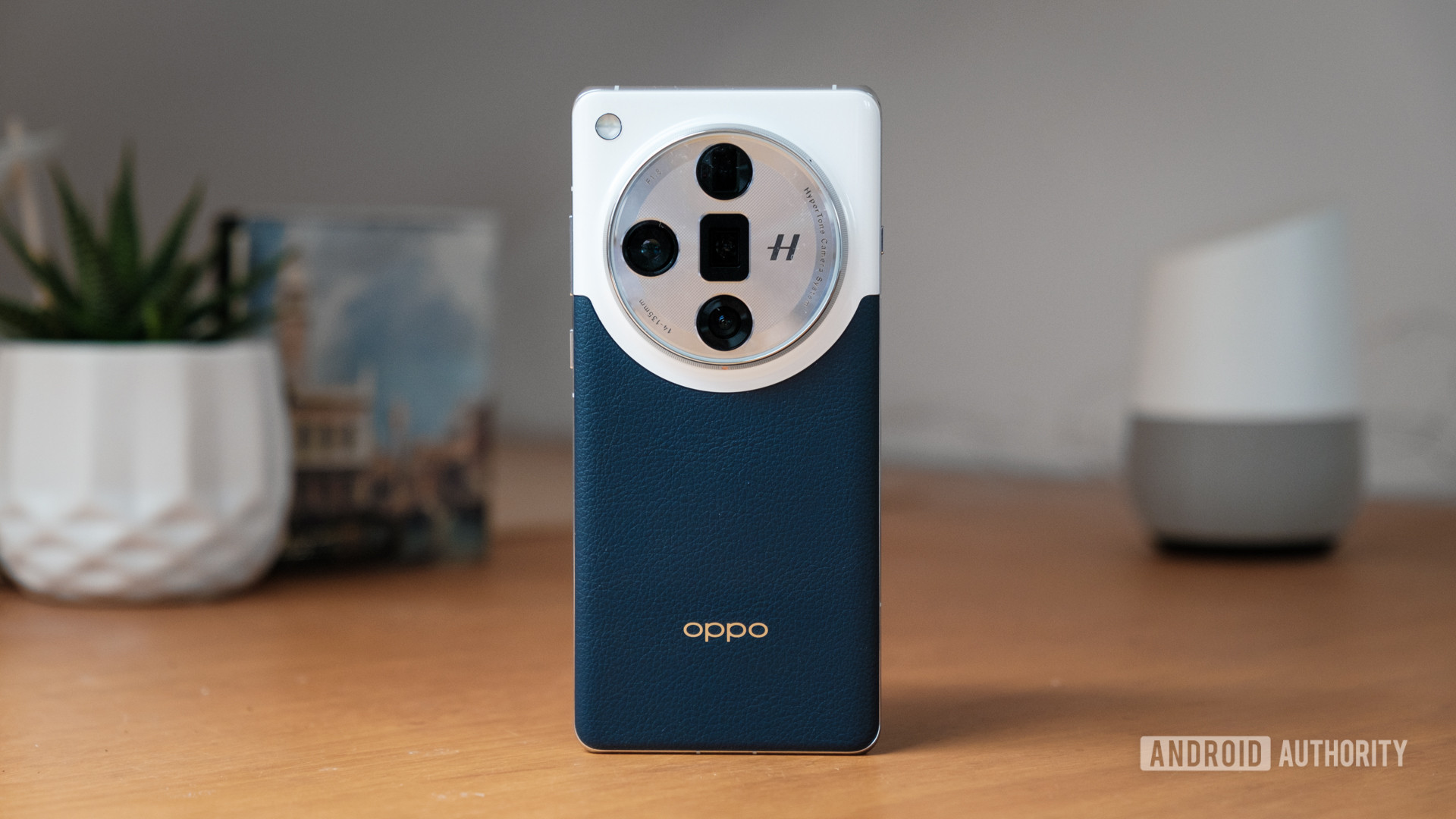
Robert Triggs / Android Authority
OPPO might not be very well known in the States, but that doesn’t change the fact that it has produced quite a few unique, memorable Android phones over the years. The OPPO Find X7 Ultra definitely fits that bill, thanks to its powerful quad-camera setup. There’s a lot to like about the X7 Ultra; it’s too bad we can’t experience it. The Find X series has so far remained a China exclusive. But what about its successor? Here’s to hoping it could have a wider release for a change. With that in mind, here’s what I’d like to see from the OPPO Find X8 Ultra.
Please release the darn thing outside of China!

Robert Triggs / Android Authority
Outside of its sibling company OnePlus, OPPO is virtually unheard of in the United States, aside from hardcore Android enthusiasts. I don’t think this will ever change, and for that reason alone, I’m not sure the X Ultra would ever come here unless it was rebranded by OnePlus instead. That said, OPPO has much better brand recognition in India, Europe, Africa, and pretty much every market that isn’t North America. Considering the OPPO Find X7 Ultra has been getting quite a bit of attention, it seems only natural it would come to more markets.
For whatever reason, OPPO has been hesitant to release the model elsewhere, but I think the OPPO Find X8 Ultra will offer the perfect opportunity to expand. The series will have had one other model under its belt and will be refined enough that it can better compete with other well-known high-end camera phones from Samsung, Apple, and others. The good news is there are early rumors suggesting the X8 Ultra could indeed see a wider global launch, just be aware that these rumors can’t be fully substantiated just yet. Of course, the company needs to do more than just release it elsewhere; it also needs to ensure the phone has a more westernized approach when it does.
While OPPO isn’t moving away from Color OS anytime soon, even in global markets, I’d at least like to see them clean up the experience substantially. Models built specifically for the Chinese market tend to have a lot of bloatware and unnecessary apps, though global models aren’t often that much better. Still, if the OPPO Find X8 Ultra is to find true success globally, it would not only need a wider release but also a few tweaks to the software experience to make it fit western audiences better.
The current design is a bit too top-heavy
The quad camera on the X7 Ultra isn’t just the headliner; it’s pretty much the only reason it’s getting this level of attention from tech publications and other enthusiasts. Unfortunately, this design might take great photos, but it also results in an experience that’s a bit too top-heavy. Holding this phone will feel awkward, as the weight isn’t balanced all that well. It’s definitely fully usable, but be aware it might be more prone to drops as a result.
If the OPPO X8 Ultra wants to be a bigger deal in 2025, it needs to consider making some design tweaks. This could be as simple as adding some weight or heft to the bottom to better balance the distribution, though this might result in a thicker phone that’s also not particularly easy to hold. Granted, this might not be an easy problem to solve, but I’m hoping the OPPO X8 Ultra can deliver the same kind of impressive camera chops while also at least slightly mitigating the top-heavy design issue that plagues the current model.
Less aggressive battery management, please?
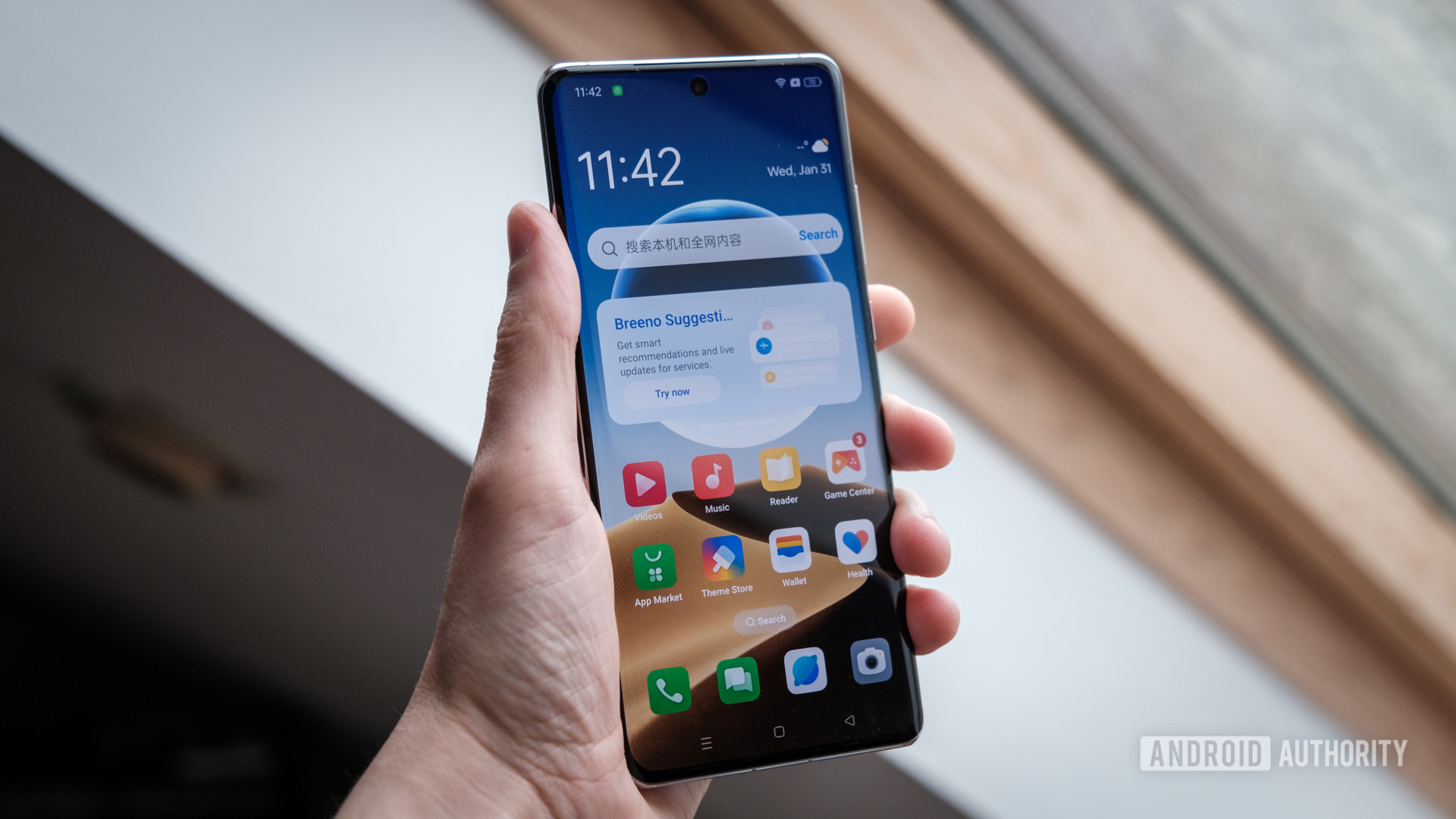
Robert Triggs / Android Authority
Battery life on the OPPO Find X7 Ultra isn’t particularly bad, as it can easily last through a full day or even a little beyond. That’s not too surprising given the phone’s larger size and beefy 5,000mAh battery. That said, there are other similarly sized phones that can provide the same or better battery life, all without using the aggressive battery management strategy that OPPO has implemented here. By default, you’ll find that it turns off or restricts a lot of background settings and apps to keep battery life smooth. This is common in a lot of the China market phones I’ve used over the years, but it can be a bit frustrating, and turning off some of these battery management settings can be a little hard to figure out for those new to Color OS.
I really hope the OPPO Find X8 Ultra makes a few software changes around battery optimization. For one, it should be easier to turn on and off. For another, OPPO needs to try to strike a better balance between saving battery life through battery management and keeping the phone usable. It’s infinitely frustrating when you think an app is doing something for you in the background, only to find it’s been closed out by the OS’ software.
While there are no rumors about battery optimization, recently OPPO confirmed the Find X8 series will have so-called Glacier Battery technology, which should offer greatly upgraded battery life. This tech first debuted with the Ace 3 Pro and is based around silicon-carbon batteries instead of traditional lithium-ions.
What do you want to see the most on the OPPO Find X8 Ultra?
103 votes
Will there be an OPPO Find X8 Ultra?
Yes, the OPPO Find X8 series is a sure thing. As we mentioned earlier, there are already several rumors around the OPPO Find X8 Ultra, and even OPPO itself has since revealed that the Find X8 series is on its way. We’ve also heard that OnePlus, OPPO, and Realme are working on an ecosystem of accessories with magnets as an alternative to Apple’s MagSafe accessories, and OPPO subsequently confirmed the existence of these peripherals.
That’s not all we’ve heard about the X8 series. The device will reportedly have a MediaTek Dimensity 9400 SoC and a new hardware button similar to the iPhone 16 capture key. Previously, leaker Digital Chat Station also claimed on Weibo that the phone could feature four 50MP cameras, just like its predecessor. Two of the cameras will reportedly be periscope telephoto shooters. The same leak also claims the phone is coming this year, but no sooner than October 21.
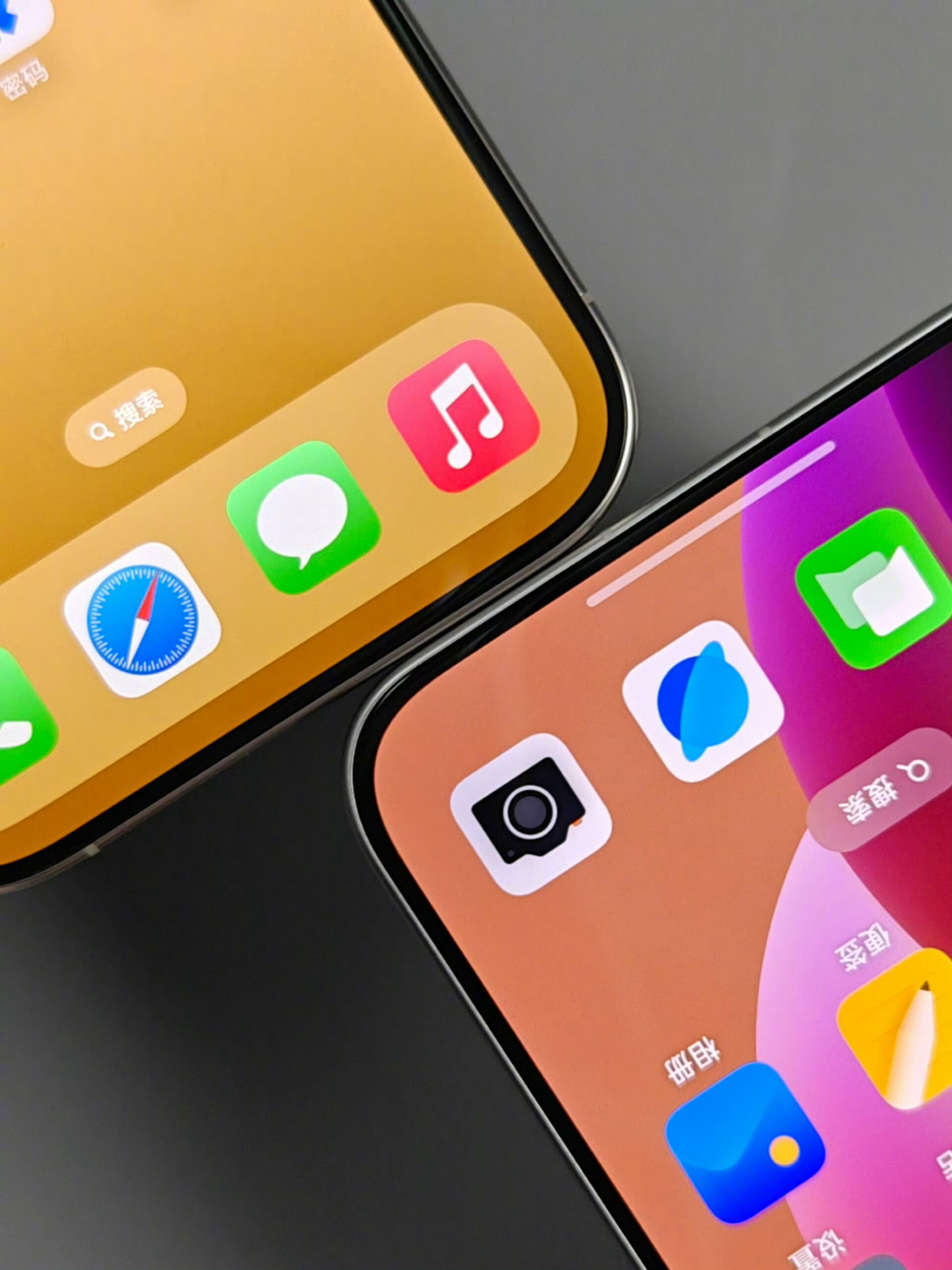
We saw the first images of the Find X8 in September, sort of. OPPO gave us our first look at the device, but only a small glimpse with it set against the iPhone 16. The new device appears to have a flatter display and thinner bezels than before.

OPPO executive Zhou Yibao also posted an image of the Find X8 Pro on September 26. The picture, seen above, shows an out-of-focus device with an iPhone in the background. The picture confirms a relatively small camera bump and an alert slider. The executive added that the phone was 7mm thick, had increased battery capacity, wireless charging support, and the camera capabilities of the “Ultra version.” He later confirmed IP68 and IP69 ratings for the entire series.
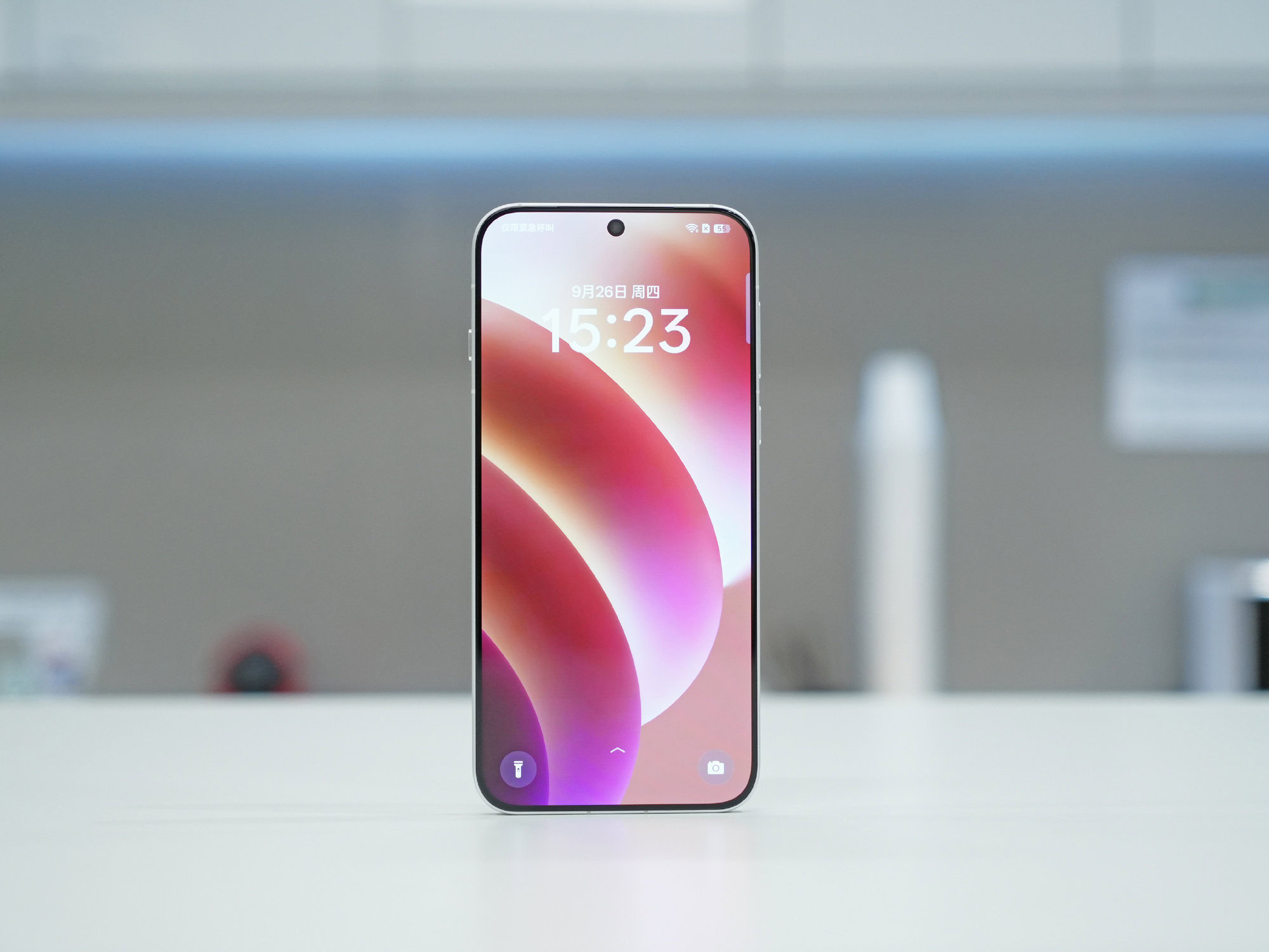
Yibao also posted another image of the standard Find X8 on September 26, giving us a full view of the device’s front. So, those hoping for thin bezels should be happy here.
The executive posted a video on Weibo on September 30 which reveals a couple of magnetic accessories for the Find X8 series, namely a 50W charger and a 5,000mAh power bank. These accessories were shown to work with the iPhone, but the Find X8 series requires a special magnetic case.
We got an extensive look at the device on October 16 thanks to OPPO and a company executive. The images also show the back of the phone for the first time, confirming a circular camera housing akin to the OnePlus Open. These images also confirm Hasselblad branding and an alert slider.
Leaker Yogesh Brar also posted apparent OPPO Find X8 Pro specs on Twitter on September 30. Some of the more notable specs include a 6.8-inch quad-curved 120Hz OLED screen, a quadruple 50MP rear camera system (including 3x and 6x lenses), and a 5,800mAh battery with 80W wired charging. OPPO also subsequently confirmed features like the MediaTek Dimensity 9400 chip, an IP68/IP69 rating, and 50W wireless charging.

OPPO also detailed an iPhone 16-style camera button for the Find X8 series in October. This button also supports swipe gestures to zoom in and out. Check out the video below.
An OPPO employee confirmed at MWC 2024 that the next-generation Find X flagship line would be launching in Europe. This is indeed expected to be the Find X8 range.
It wasn’t immediately clear whether the Find X8 Ultra would be released separately from the standard and pro models, though. The company confirmed an October 24 launch date for the Find X8 series. But OPPO launched the Find X6 range and Find X7 series on January 8 in China, so it’s possible we could see the Find X8 Ultra model launching in January 2025 if it doesn’t appear in October.
In saying so, leaker Rodent950 claimed on October 9 that the Find X8 Ultra would launch in Q1 2025. So it sounds like you shouldn’t expect to see it in 2024.
Should you wait for the OPPO Find X8 Ultra?
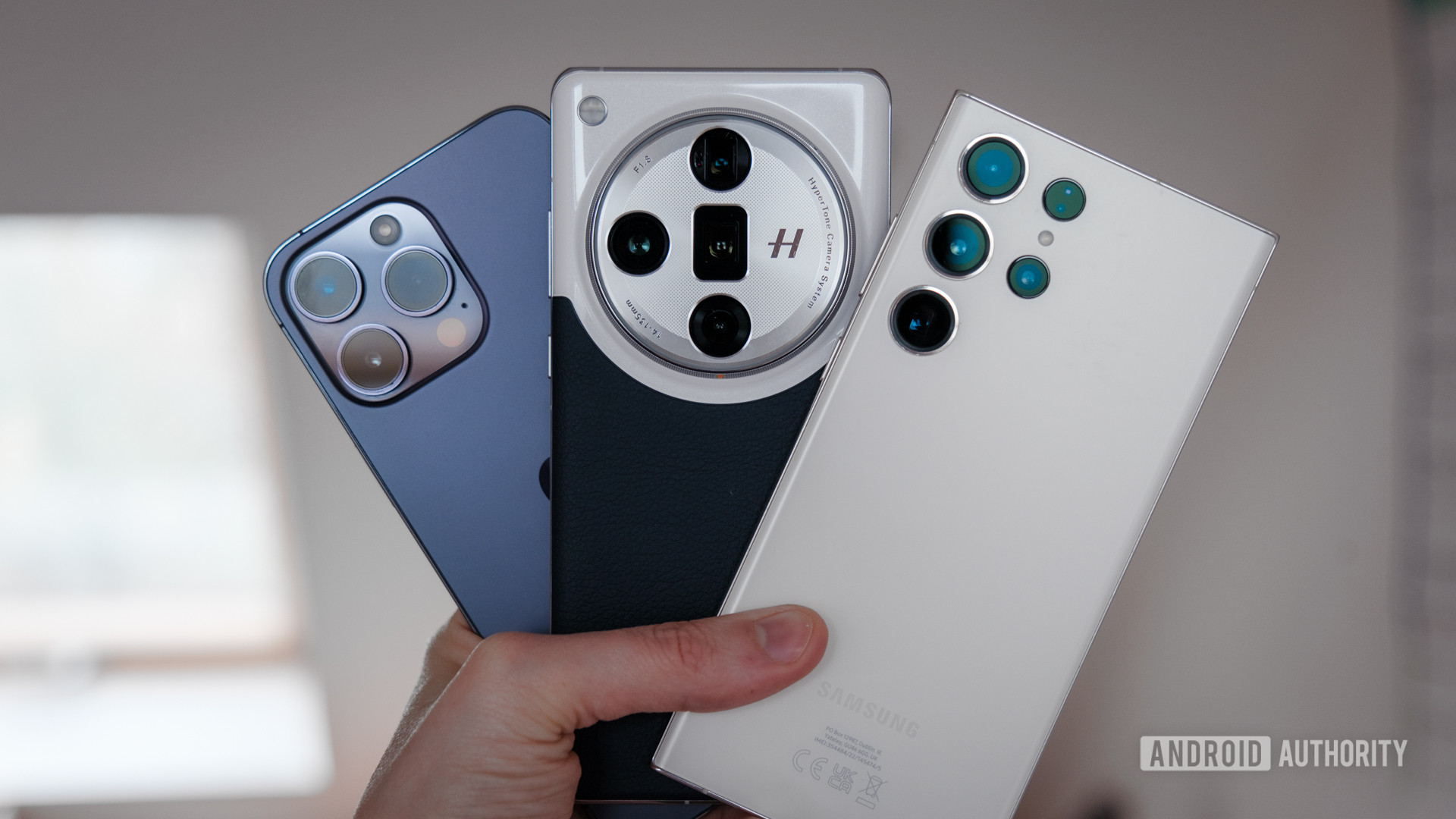
Robert Triggs / Android Authority
The OPPO Find X7 Ultra launched in January and it didn’t even arrive outside of China. While it’s possible the X8 Ultra could come to more markets given confirmation of a global Find series launch next year, there’s no reason to wait for it. If you’re really set on an OPPO phone, your best bet would be to import an OPPO Find X7 ($829 at Amazon) or OPPO Find X7 Ultra (on the product’s website). You still won’t officially find it in the US, however.
-
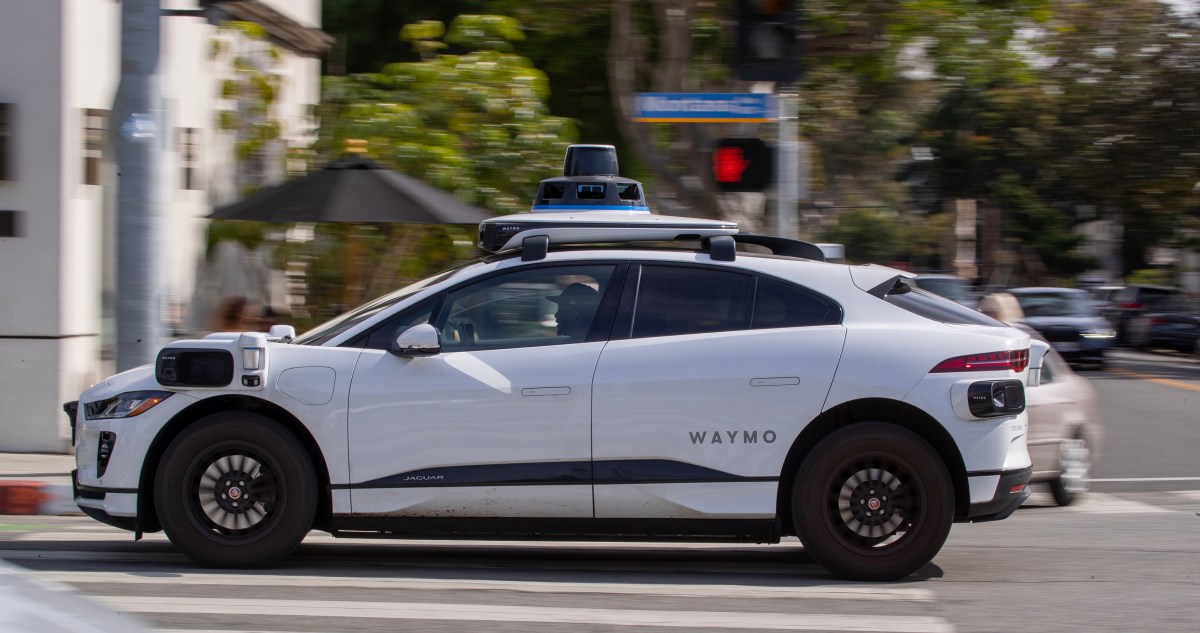
The woman who filmed Waymo’s honking robotaxis got an apology promo—then spent all day using it
Sophia Tung set up a livestream this past summer, showing self-driving Waymo cars honking from the San Francisco parking lot near her apartment at all hours of the night.
As a kind of apology for the nuisance, Waymo threw an ice cream party in Tung’s building and gave Tung, a software engineer, some promo codes redeemable for free rides.
The outfit may have underestimated her. After giving a few friends some codes, Tung – realizing the codes weren’t capped in value – determined she’d use her last one to ride in a Waymo for 24 hours, visiting tourist destinations like Golden Gate Park, Chinatown, and Twin Peaks. Alas, 83 miles and 6.5 hours later, her Waymo ended the ride with 20 miles left, cutting short her plans.
It was seemingly for the best. Said Tung as she tried to regain feeling in her legs after the long ride, which ended back in her neighborhood: “Six hours and 30 minutes; I’m never doing that again.”


